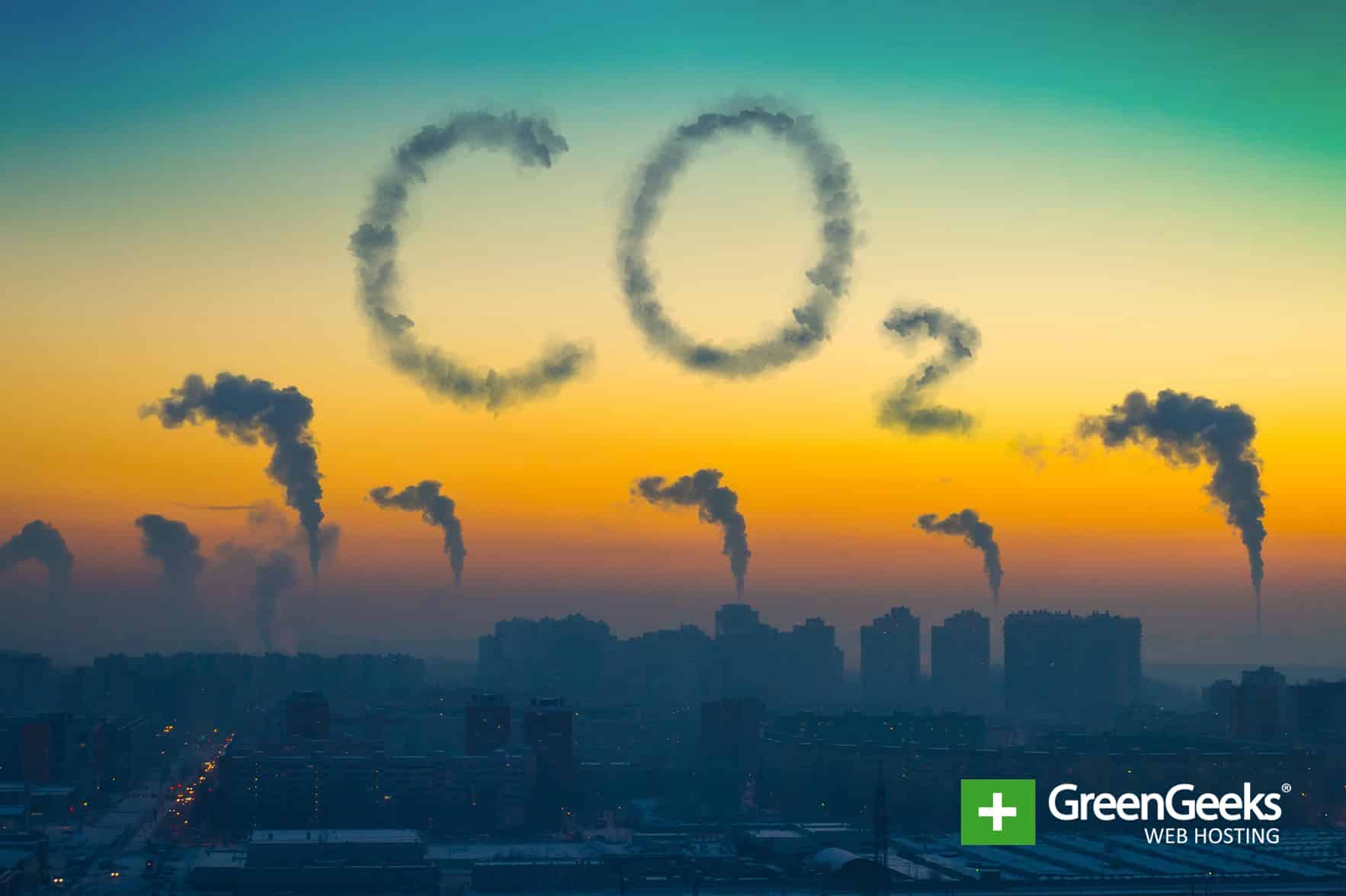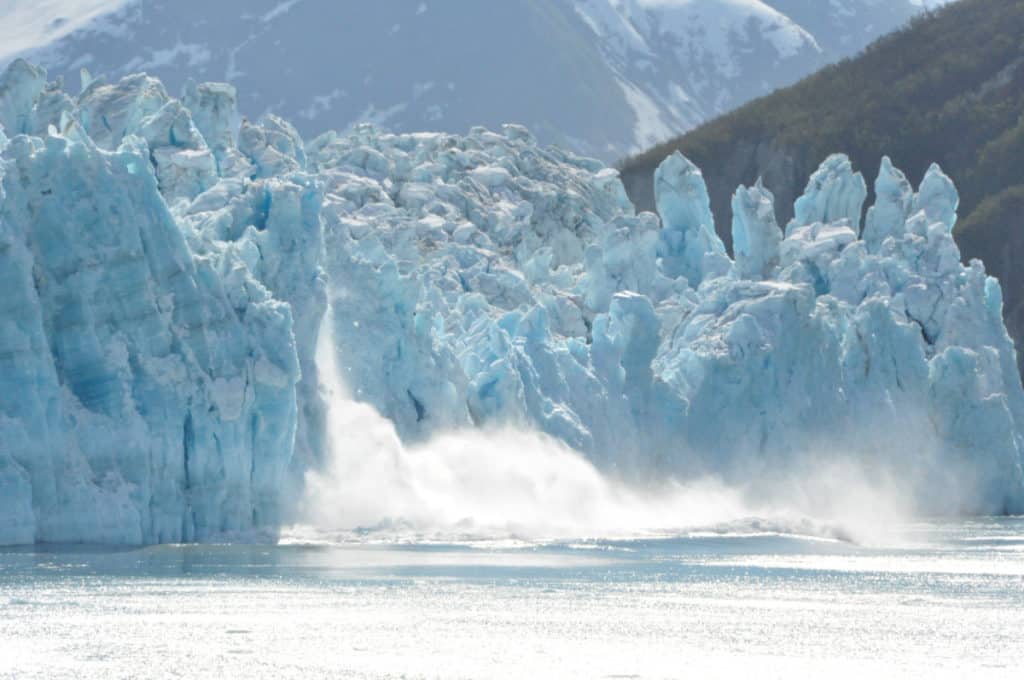
While it may be doing this slow, the world is trying to slow down climate change by reducing carbon dioxide emissions. The Paris Agreement was created to slow down the amount of CO2 that is released by each country that is part of the agreement. Unfortunately, carbon dioxide emissions have risen for the first time in 4 years.
This information comes out of the Emission Gap Report. The plan had hoped for emissions to peak by 2020, but that does not appear to be the case. Instead, 2030 is the more likely time that emissions will begin to peak.
What is the Purpose of the Emission Gap Report

The Emission Gap Report is a yearly report by the UN that details current and future assessments of emissions in the world. In particular, it showcases what types of greenhouse gases the world can handle without resulting in a temperature increase.
While most of the spotlight is typically focused on carbon dioxide, there are plenty of other harmful greenhouse gases that are released into the air every day. By examining the current output and taking into consideration the promises each country has made to reduce their footprint, estimations are made.
The goal is to prevent the global temperature to rise by more than 1.5 degrees Celcius by the end of the century.
What Is Causing Emissions to Rise Again
While emissions have been relatively stable from 2014-2016, an increase in the GDP resulted in a 1.2% emissions increase. You are probably wondering why a higher GDP means more emissions?
To increase the GDP, a country must create more wealth, which usually comes from increasing exports. Countries need something to export, so they manufacture more, use more energy, and use more transportation. This can easily explain an increase of this scale and there are many other factors as well.
However, while 1.2% may not seem like a huge increase, it really is. To meet the goal, emissions must decrease by 55% by 2030 and that is extremely unlikely. All increases in emissions completely defeat the world’s agenda to reduce emissions. Currently, the temperature is expected to rise by 3.2 degrees Celcius, which is more than double the goal.
Why is Reaching Peak So Important
The goal of the agreement is to keep emissions low to prevent climate change, so why is it important to reach the peak? Once the peak is reached, there is nowhere to go but down. but unfortunately, the peak keeps moving.
If the need for more power arises, more manufacturing occurs, or any other normal emission generating source sees a sudden increase, the projections in the report will be off. There are also things that are out of human control. For example, the large forest fires in California raised carbon dioxide emissions tremendously and 2018 was a terrible year for forests. This will result in the peak being moved.
Of course, even though it is unlikely, the opposite could occur. Technology improvements can help reduce or capture emissions, the reliance on fossil fuels will decrease, less energy will be needed overall (very unlikely), and many other reasons or factors can have this result.
How Close is Peak
The current outlook suggests that by 2020 we will see 53 countries reach a peak and by 2030 we will see 57 countries. While a 4 country increase doesn’t sound like much, that would actually mean that 60% of the world’s emissions would be at peak.
While 60% is a lot, it is simply not enough to meet the century’s goal.
Who’s Fault Is It

The purpose of the report is not to blame specific countries, but to inform all countries on the progress made over the year. However, the report does highlight specific countries that are not on track like the United States, Canada, the EU, and others.
Of course, it also shows countries that are on track which include Japan, China, and Brazil. Even better are countries that will exceed goals like Russia, India, and Turkey. The purpose is not to blame other countries, but it does help to have a competitive atmosphere.
Bragging about how well your country reduces emissions is a great thing to do.
Is It All Bad News
No, not at all. While this report has shown an increase in carbon dioxide emissions and that some countries are not on track, there is good news. While most look to governments for environmental reforms, companies and higher education institutions can have a huge impact.
Many companies have pledged to take action against climate change. These companies are also responsible for the emissions, which is very meaningful because they can control them. Not only can companies help, but teaching and influencing the next generation to also stand up for the environment will surely help.
What Can Governments Do
The big question is what exactly can a government do. It’s very tricky, no government wants to drastically increase the cost of business, but the climate will not wait around. The biggest effect a government can have on these emissions is taxing the emissions.
This puts businesses in a situation where they can either pay the government for what they emit or can choose to improve their business to emit less. The problem is the cost.
For example, if the carbon taxes are too low, rich companies can ignore them, but if they are roughly the price of what reducing emissions cost, it’s a good incentive to change.
Anyone Can Make a Difference
While there is no denying that a large company will have more emissions than a normal family, if a billion families choose to use less energy and cut their own emissions, it will be impactful.
Even simple acts like carpooling to work or school can really make a difference in the long run. Everyone can make a difference in the fight against climate change.

